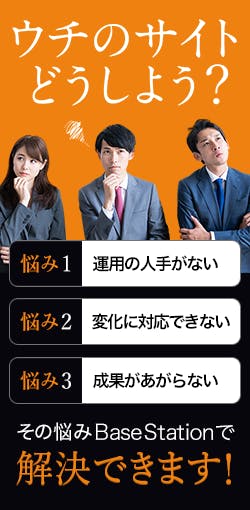Following this steps you will make rock your website in SEO, all this process is really important so make sure to dont skip any of the follow steps.
- Choose Keywords
- Page Title
- Meta Descriptions
- URL
- Heading Tags
- Page Content
- Call to Action
- Internal Links
- Images
1. Choose Keywords
Read the page’s content and identify two (2) keywords that are most relevant to the overall page content. Choose one (1) primary keyword relevant to the page’s content and one variation of that keyword (e.g. plural variation or two closely related keywords) per page. If you can’t identify one primary keyword for a page, you’ll need to create new website pages to separate the different content. If it’s not clear to you what page is about, then your visitors and the search engines won’t be able to understand the page either.
2. Page Title
The page title appears as the blue, bolded, underlined text on a Google search results page, and also on the top left the browser bar. The page title should follow these guidelines:
- Be under 70 characters with no more than two long-tail keywords per page title.
- The primary keyword should appear first.
- Each keyword phrase should be separated by pipes (|)
- Each page title on your website should be unique.
- Except for your homepage and contact us page, each page title should NOT include your business name.
3. Meta Description
The meta description appears on a Google search results page under the Page Title. The meta description helps people decide whether to click on your result, or a result above or below you. Think of it as a call to action. The meta description should follow these guidelines:
- Be under 150 characters (but not under 100 characters; take advantage of the space you have)
- Incorporate the primary keyword and at least one secondary keyword
- Provide a valuable, compelling reason for why someone should visit the page
- Include keywords in a conversational format; don’t just cram in keywords for the sake of listing them
4. URL
The website page’s URL should include the primary keyword. Each word in the URL should be separated using dashes (-). e.g. www.hivelocity.co.jp/inbound-marketing
5. Heading Tags
The page should have one H1 heading tag that incorporates the primary keyword, and should align with the page title and the URL or the page. This H1 tag should appear at the top of the page and should be the first thing people see when they arrive on a page.
6. Page Contents
Use your primary keyword a few times throughout the page’s content. Don’t overthink keyword density or placement, you should mention them naturally. Try to bold or underline the keyword at least once. This has an effect on how relevant the keyword is to the page. Also mention the secondary keywords when you can.
7. Call to Actions
Every website page, including your blog, should have at least one call to action above the page’s fold (Don’t make your website visitor scroll down to see the call to action). Calls to action can help SEO by creating an internal link on your website to a specific landing page. Most calls to action are images; therefore you can optimize the image filename and alt text for the primary keyword you’re targeting on the page.
8. Internal Links
If you mention the primary keyword of this page on other pages within your site, then link to this page using the primary keyword as the anchor text. For example, you should link to a page about inbound marketing software using the anchor text “inbound marketing software.” To make sure this is completed, take a moment to create one (1) or two (2) links on related pages that link back to the page you’re optimizing.
9. Images
Any images used on the page should be optimized so that search engines can “read” the image. Optimize the most prominent image on the page using the primary keyword, and then use the primary and secondary keywords for any other images. Images can be optimized in two ways:
- File name: Each word should be separated with dashes (-), e.g. inbound-marketing-software.jpg
- ALT text: The alt text should match the file name, without dashes, e.g. Inbound Marketing Software
If you are unable to change image file name or if it’s too time consuming, then only change the most prominent images’ alt text using the primary keyword
Find out how HubSpot can help you make marketing people love.
Source: HubSpot
You might also want to check this blogs:
- How to Blog and Increase Your Traffic in 11 Steps
- 20 Ways to BrainStorm before to Create a New Blog
- How To Promote Your Blogs Online
- Your Business Doesnt Need a Website, What You Really Need is a Platform
- 13 Ways to Create New Content Offers for Your Persona
- 7 Step Guide to Creating a Resource Center for Your Contents
- What is the definition of Persona Online??
- 8 Steps to Create Contents & Lead Generation
- 10 Steps that will Optimize Your Landing Pages
- Create Call to Actions in 8 Steps
- 9 Awesome Steps to Create Email Marketing for Business
- 5 Best Ways to Test Your Email Contents
- 5 Steps to Get or Increase Guest Blogging
- 4 Ways to Drive Traffic in Your Landing Pages
- 10 Steps to Create Awesome Email Newsletter
- 10 Steps to Create a Monthly Inbound Marketing Report
- Content That Should Be on Your Lead Nurturing Emails





